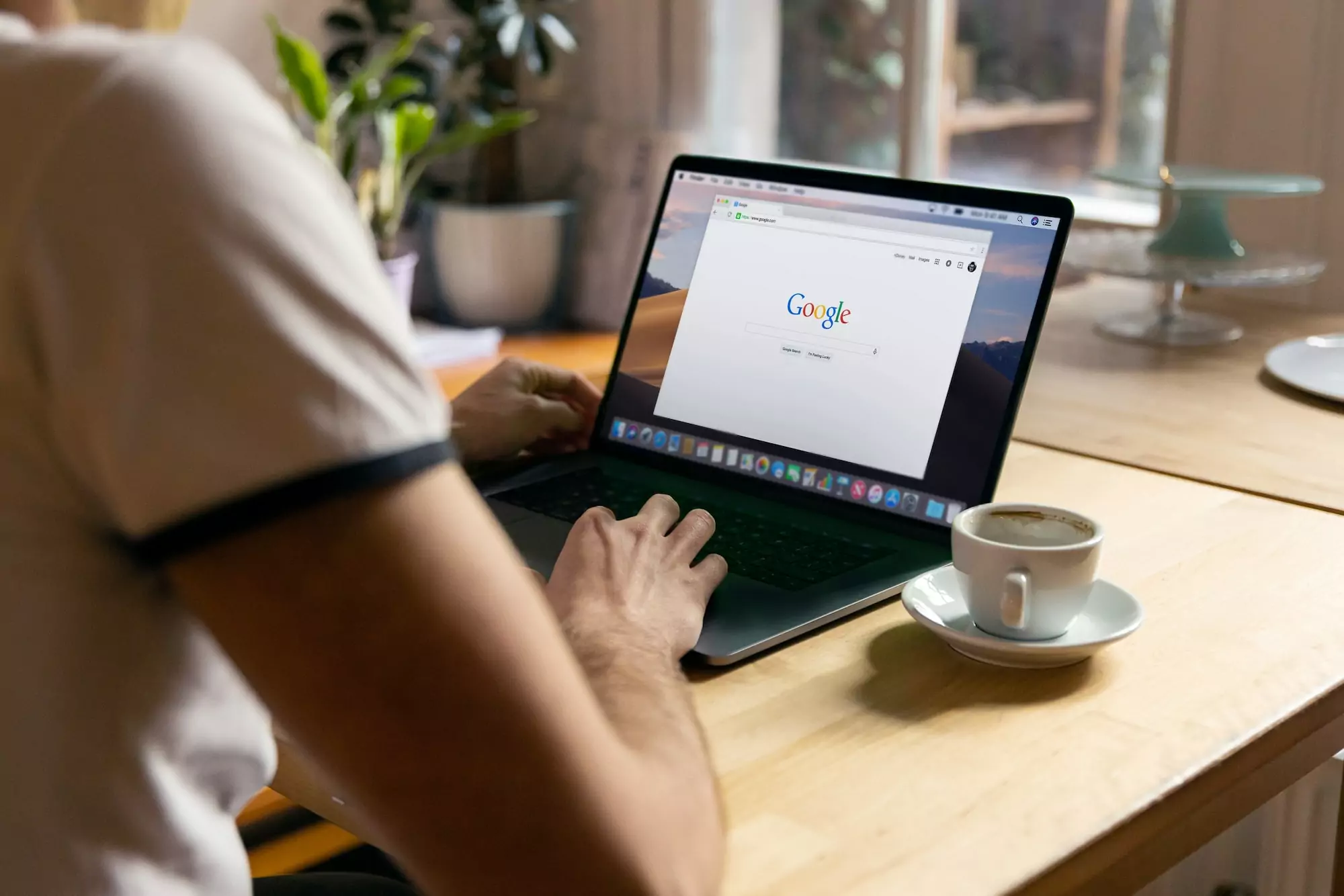Paid search is an essential strategy for companies wishing to generate traffic quickly and increase conversions. With Google Ads, it’s possible to target potential customers precisely, based on their online searches and behaviors.
But how do you set up an effective SEA campaign? How much does it cost? How to optimize ROI?
In this comprehensive guide, we’ll explain everything you need to know about paid search, its benefits, how it works and the best strategies for success.
📌 Table of contents
🔥 What is paid search?
Paid search, also known as SEA (Search Engine Advertising), is an online advertising technique that displays sponsored ads on search engines such as Google or Bing.
Unlike SEO (Search Engine Optimization), which takes time to achieve results, SEA enables you toappear immediately at the top of the results by bidding on keywords.
Paid search platforms
- Google Ads: market leader
- Bing Ads: an interesting alternative
- Facebook Ads, LinkedIn Ads, TikTok Ads: for targeted social advertising
🚀 2. Why opt for paid search?
Investing in paid search has many advantages for a company:
✅ Immediate visibility: your ads appear as soon as you launch your campaign.
✅ Precise targeting: choice of keywords, location, age, interests…
✅ Total budget control: you define your cost-per-click (CPC).
✅ Real-time tracking and optimization: analyze and adjust your ads according to their performance.
✅ Conversion boost: attract qualified leads and maximize your ROI.
🔹 Case in point: an e-tailer selling shoes can target Internet users searching for “buy cheap Nike sneakers”, guaranteeing ultra-qualified, ready-to-buy traffic.
🎯 3. How does Google Ads work?
📌 The principle of auctions and Quality Score
Google Ads works on a bidding system. You can set a maximum price you’re willing to pay per click on your ad. But above all, you can use automatic bidding(Smart bidding) to optimize your campaigns and reach your objectives.
But it’s not just a question of budget! Google assigns a Quality Score based on :
- Ad relevance (well-chosen keywords)
- The user experience on the landing page
- Expected click-through rate (CTR)
👉 The higher your Quality Score, the less you’ll pay to be well positioned!
Some automatic recommendations are offered in your accounts, but beware: not all of them need to be implemented!
🛠️ Google Ads campaign types
There are several formats to suit every purpose:
| Campaign Type | Target |
|---|---|
| Search | Targeting on Internet users’ keywords |
| Display | Visual ads on partner sites |
| Shopping | E-commerce product promotion |
| YouTube Ads | Video ads before and during videos |
| Performance Max | Advanced campaign automation |
💡 Tip: Performances Max campaigns have been around since 2023. These are the most advanced campaigns in terms of automation and distribution. In fact, with a single Google campaign, you can be visible on the search engine (Search), the Display network with your images and banners, and on Youtube: maximum visibility!
💰4. Cost and budget of paid search
The cost of a Google Ads campaign depends on several criteria:
- Sector competitiveness (the more a keyword is searched, the more it costs)
- Ad quality (a good Quality Score reduces CPC)
- Competitive auctions
The main billing model :
📌 CPC (Cost per Click): You only pay when the user clicks.
💡 Example: A lawyer might pay €30/click on “avocat Paris”, while an e-commerce might pay €0.50/click on “montre connectée”.
👉 Optimizing your campaigns is essential to making the most of your budget!
Click here for our complete article on how to set up a Google Ads budget and establish a Google Ads price.
📊 5. The best strategies for a successful SEA campaign
To maximize your return on investment, here are some best practices:
✅ Choose the right keywords: use Google Keyword Planner to identify profitable queries.
✅ Write powerful ads: highlight your added value and a clear CTA.
✅ Optimize Quality Score: improve your landing pages to lower your costs.
✅ Test different ads (A/B Testing) to see what works best.
✅ Analyze results with Google Analytics and adjust bids accordingly.
📌 Example: If an ad shows a low CTR, test a new tagline or another CTA.
🛑 6. Mistakes to avoid in paid search
❌ Not defining clear objectives: conversions, leads, traffic?
❌ Neglect performance monitoring: without analysis, it’s impossible to optimize.
❌ Choosing the wrong keywords: aiming too broadly leads to unnecessary costs.
❌ Not testing different ads: A/B testing is essential!
💡 Correct these mistakes to avoid wasting your budget.
🏆 7. SEO vs SEA: Should you choose?
| SEO (Search Engine Optimization) | SEA (Search Engine Advertising) |
|---|---|
| Time-consuming results | Immediate visibility |
| Long-term sustainability | Cost as long as ads are running |
| Free (excluding optimization) | Chargeable depending on competition |
🎯 Ideally, combine SEO + SEA to maximize your presence on Google!
❓FAQ – Frequently asked questions
🔹 Is paid search profitable?
Yes, if it’s well optimized. A well-targeted campaign can generate excellent ROI.
🔹 What’s your budget?
Some industries spend thousands of euros a day. If you’re just starting out, it’s enough to get you traffic and test your first campaigns.
🔹 SEO or SEA: which to choose?
The two are complementary. SEA is ideal for the short term, while SEO is a sustainable strategy.
🚀 Conclusion
Paid search is a powerful strategy for generating qualified traffic and increasing conversions. Properly mastered, Google Ads can generate an excellent return on investment.
🔥 Need expert support for your Google Ads campaigns? Contact Adenlab, your agency specialized in paid search!



